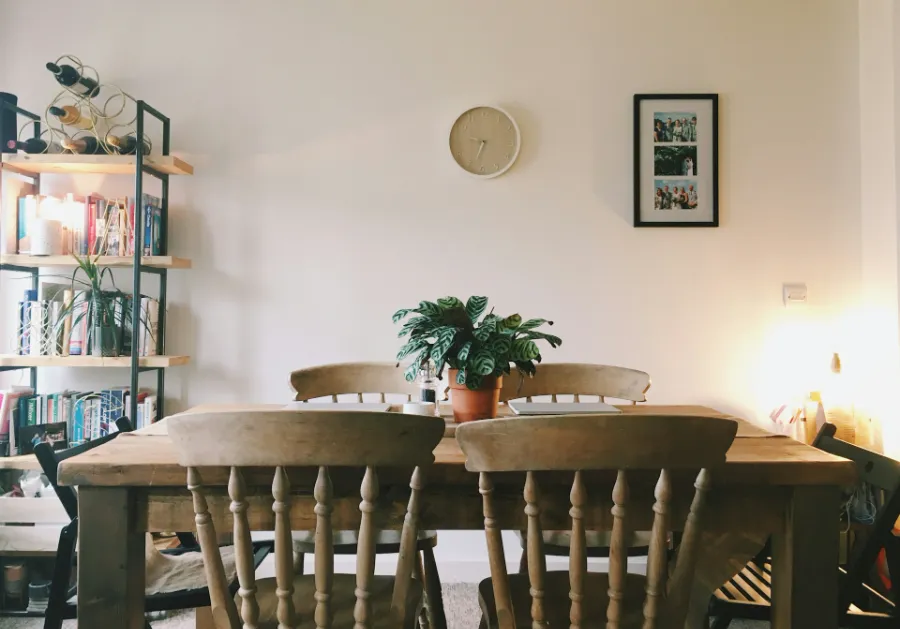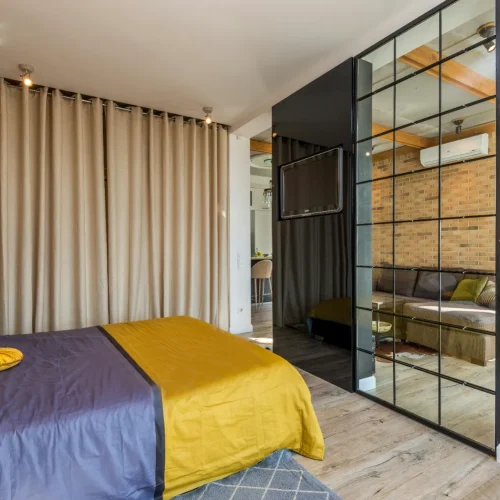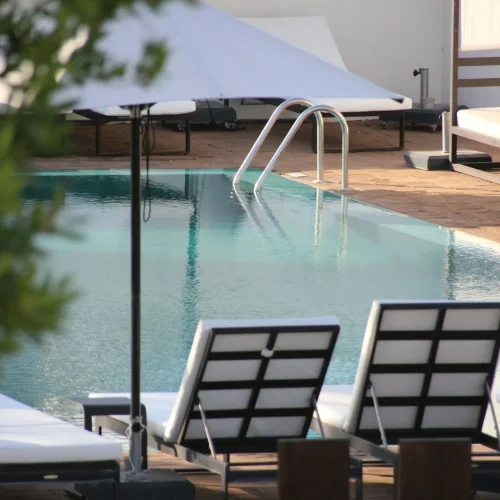
The way your dining room is set up can make all the difference to how comfortable, inviting, and practical it feels. A well-thought-out layout can turn rushed weekday dinners into relaxed meals, and transform special occasions into memorable experiences. Sometimes, it’s not about completely overhauling the space — just a few smart adjustments can change everything. From choosing a functional dining table that suits your needs to rethinking where your chairs and lighting go, small tweaks can make a big impact on both style and usability.
Here’s how to create a dining space that not only looks great but works beautifully for everyday life and entertaining.
Position the Table for Flow
Where your table sits in the room sets the tone for the whole dining experience. A table pushed awkwardly into a corner can make meals feel cramped, while a centrally placed table creates a sense of balance. Ideally, allow at least 90cm of space between the edge of the table and walls or other furniture. This gives enough room for chairs to slide out comfortably and for people to move around without feeling restricted.
If your space is open-plan, think about how the dining area flows into other rooms. Keeping sight lines clear can make it feel more connected to the kitchen and living spaces, making hosting easier.
Use Lighting to Define the Space
Lighting doesn’t just help you see your food — it creates atmosphere. A pendant light or chandelier above the table acts as a visual anchor, marking the dining area as its own zone. Position it so it’s centred over the table, even if the table moves between everyday and entertaining setups.
Dimmer switches are invaluable here. Bright light works well for family breakfasts or homework sessions at the table, while softer, warmer lighting makes dinner parties feel more intimate.
Keep Seating Comfortable and Flexible
Comfortable chairs encourage guests to linger. For everyday use, easy-to-clean surfaces are practical, especially if you have children. For special occasions, consider adding seat cushions or covers that bring in texture and warmth. Benches can be a great space-saving solution in smaller rooms and allow for flexible seating arrangements.
If you often host larger gatherings, think about stackable or folding chairs you can bring out when needed, storing them away when not in use.
Create Balance with Symmetry
A symmetrical layout often feels calmer and more inviting. This might mean having the same number of chairs on each side or centring the table with the room’s main light fixture or window. Symmetry works particularly well in formal settings, but you can also play with it casually by balancing different styles of chairs or mixing bench seating on one side with chairs on the other.
Keep Surfaces Clear
It’s easy for the dining table to become a dumping ground for bags, laptops, and mail. This instantly takes away from its function and visual appeal. Make it a habit to clear the table daily. Having a sideboard, console, or small shelving unit nearby gives you somewhere to store items you often use in the dining area, such as placemats, candles, or serving dishes.
Define the Space with Rugs or Décor
In open-plan homes, rugs are a simple way to visually separate the dining area without adding physical barriers. Choose a rug that’s large enough for chairs to slide in and out without catching on the edges. If rugs aren’t your style, you can still define the space with artwork, wall colour, or even plants that create a visual boundary.
Think About Acoustics
Hard surfaces like wood floors, glass, and bare walls can make a dining room echo, which isn’t ideal for conversation. Adding soft elements like curtains, fabric-covered chairs, or a rug under the table helps absorb sound and creates a warmer, more welcoming feel.
Keep Traffic Paths Clear
If people are constantly squeezing past each other during meals, it’s a sign your dining layout needs adjusting. Avoid placing the table in a spot that blocks doors, drawers, or walkways. In smaller rooms, round tables can be easier to move around than square or rectangular ones, as they eliminate sharp corners.
Style for the Occasion
A few styling tweaks can shift the room’s mood. For everyday use, keep things simple with a vase of fresh flowers or a bowl of fruit. When hosting, layer in table runners, candles, or seasonal centrepieces to add warmth and character. The key is to make changes that are quick to set up and easy to put away.
Making your dining space work for you doesn’t require a full renovation. By rethinking the table position, seating, lighting, and flow, you can create a layout that adapts to your needs — whether it’s a casual weeknight meal or a special celebration. Small, thoughtful tweaks can make the experience of dining at home more enjoyable, more comfortable, and more memorable.













